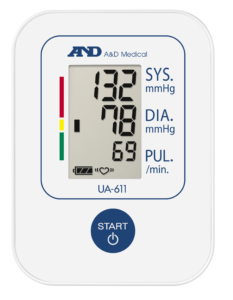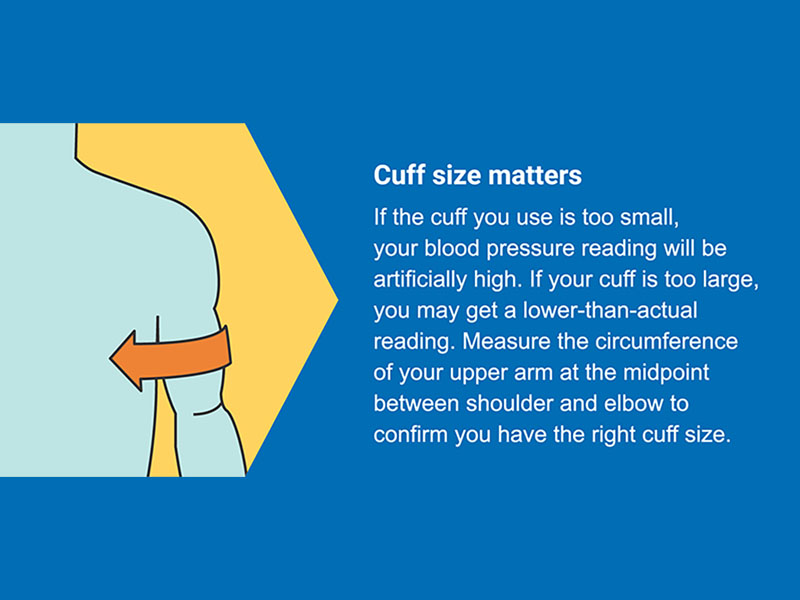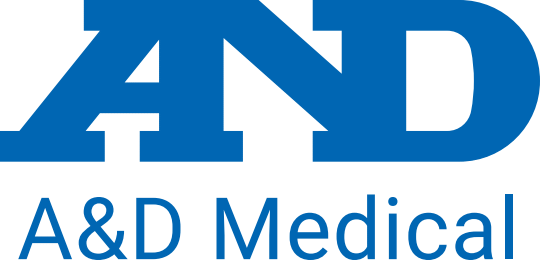6 Ways to Reduce Hypertension: World Hypertension Day

Are you aware of the impact hypertension can have on your health?
May 17th marks World Hypertension Day, a global initiative to raise awareness of hypertension and promote hypertension prevention, detection, and control.
Over 30% of the adult population in the world and more than a billion individuals worldwide suffer from hypertension. It is the main cause of heart disorders, especially coronary artery disease, and stroke. Additionally, chronic kidney disease, heart failure, arrhythmia, and dementia can all result from uncontrolled hypertension. Therefore, information regarding this illness should be shared widely.
140/90mmHg or over – you may have high blood pressure
Most doctors use 140/90mmHg as the cut off for point for diagnosing high blood pressure (hypertension). This is the stage where the likelihood of encountering severe health issues escalates. They might prescribe medications and advise you to make changes to your lifestyle to bring your blood pressure down.
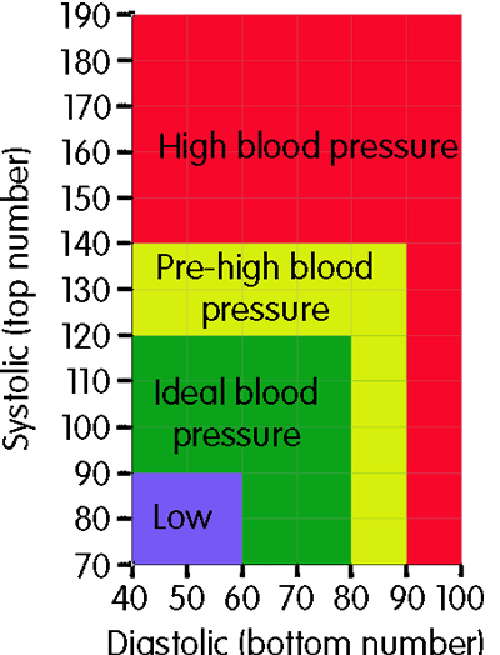

There are many ways to prevent hypertension, some ways include:
- Get regular exercise
- Reduce salt intake
- Learn to manage tension or stress
- Take a well-balanced diet rich in calcium, potassium, and magnesium
- Limiting alcohol consumption
- Avoiding tobacco use
3 things to consider when choosing a home blood pressure monitor
Considerations include style, features and wireless capabilities
- Style. Upper arm monitors are similar to those used in a doctor’s office. Wrist monitors are especially portable.
- Features. Options range from simple ease of use to high-tech sophistication. One-touch monitors give a quick and easy-to-read result. Other monitors offer more features like built-in memory, which allows you to store your readings for a bigger long-term picture.
- Wireless/Bluetooth®. Some monitors sync with a smartphone letting you store, chart and share your results easily.
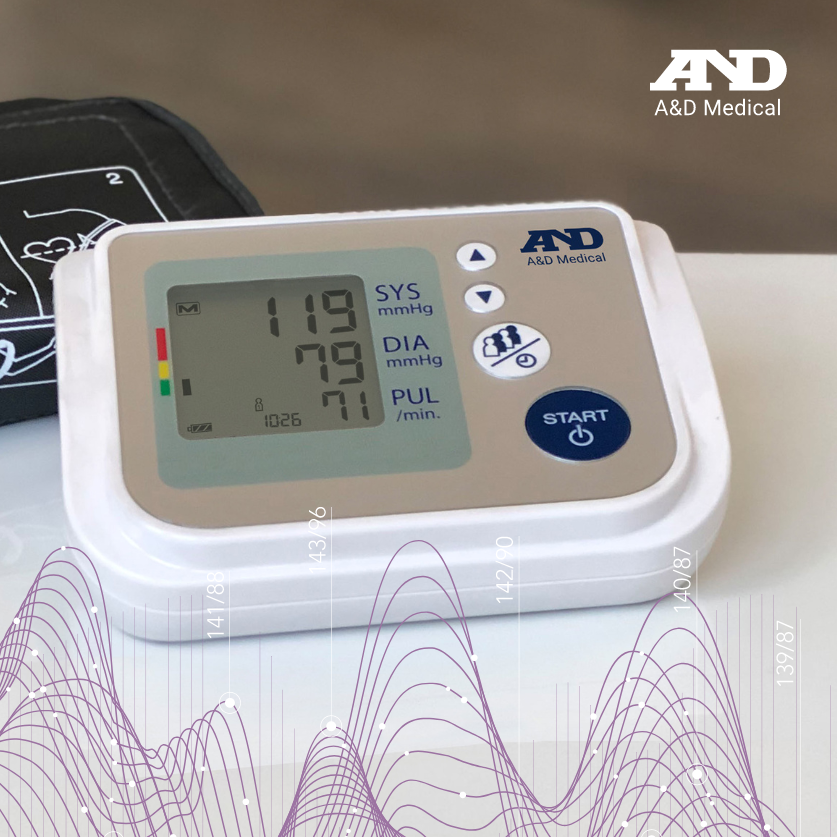
5 things to know about checking your blood pressure at home
Tips from the British Heart Foundation :
- Relax! Avoid caffeine or exercise 30 minutes before taking your BP.
- Sit correctly. Sit with your back straight and supported. Keep your feet flat and avoid crossing your legs, and support your arms on a flat surface with your upper arm at the level of your heart.
- Measure at the same time every day. Try morning and evening, or both.
- Take more than one reading and record the results. Take two or three readings, one minute apart each time.
- Don’t take the measurement over thick or tight-fitting clothes. This one is simple.
For more information check out our previous blog post How to Measure Your Blood Pressure from Home | A&D Instruments UK (andprecision.com)
How A&D Medical can help
At A&D Medical, we are dedicated to improving hypertension awareness and management through our blood pressure monitoring solutions. Hypertension, also known as high blood pressure, is a leading risk factor for cardiovascular disease, which is the leading cause of death globally. Regular blood pressure monitoring is essential for understanding and managing hypertension. Our products include a range of blood pressure monitors, including wireless and other options, to suit a variety of needs and lifestyles.
To support World Hypertension Day, we encourage everyone to check their blood pressure and spread awareness about hypertension in their communities.
If you are interested in learning more about our blood pressure monitors, please visit our range of products.

